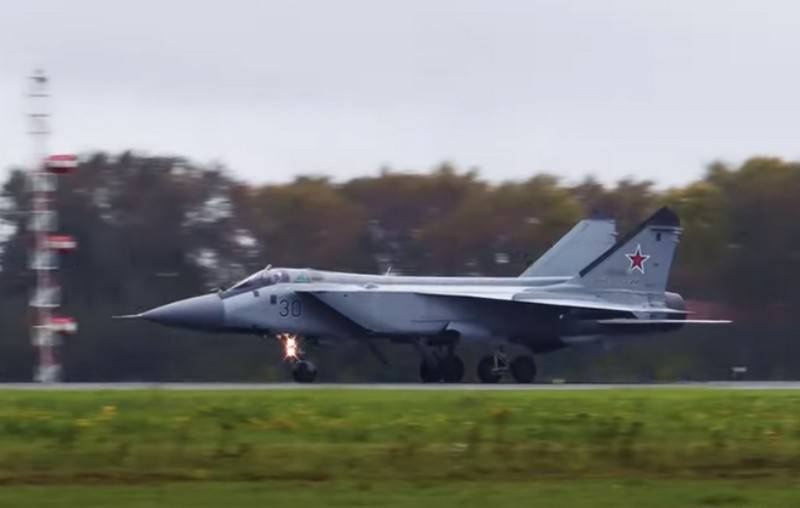GarryB wrote:miketheterrible wrote:How many MiG-31's does Russia have in reserve overall? How many do you think they could modernize and bring back into service?
I would say it probably depends on the engines... have they put the engine back in to production or are they working on new engine upgrades for the aircraft... something they could further update...
miketheterrible wrote:It wouldn't be out of realm for them to restart production
Modernized parts may make it far more efficient too.
MiG-31 was a very good jet. Still a very good jet.
As it was posted in the united engine corporation thread last summer, Russia is restarting production of the engine core of the D30F6 (Mig31 engine).
They do not need to produce the full engine and they have a lot of engines sitting somewhere and until now not useable because of lack of spare parts doe the hot core.
As I already commented on the other thread:
I understand the importance of producing newly built cores for the mig-31 engines, extremely important if they want to keep them operating as long as possible. (I believe they also have more than 100 mig-31 in reserve, that could be modernised and put back in service).
It remains, however, a 40 years old engine. For sure they will have something quite different for the Mig-41.
In addition, probably they do not need entire new engines, since normally the hot core is the one that have the shorter life. Since they are not building new mig-31, they just need to replace the parts that are at the end of their lifecycle.
https://www.ainonline.com/aviation-news/engines
Russia Relaunches Production of Engine Cores for the MiG-31
by Vladimir Karnozov
August 13, 2019, 8:19 AM
Russia’s United Engine Corporation (local acronym ODK) is halfway through an effort to relaunch the series production of the core engine (gas-generator) for the D30F6 reheated turbofan that powers the MiG-31 interceptor. The work is being carried out by the Perm Motor Plant (PMZ).
This company manufactured about 1,600 such engines in the 1979-1992 timeframe, each developing a maximum thrust of 152 kN (34,170 pounds). Due to the high utilization of the MiG-31 fleet over the past decade, the stock of spare engines is running out, and operators and industry need to replenish it by overhauling some engines through the replacement of worn-out parts in the hot section.
A member of ODK’s Perm Motors division that unites several enterprises located in the city of Perm, PMZ has recently resumed the manufacture of the high-pressure turbine (HPT) and combustion chamber. This effort took three years, according to ODK-Perm Motors CEO Sergei Popov. Together with some other parts, these items are now included in a typical repair kit for the Aircraft Repair Plant no. 218 at Gatchina (ARZ218) that specializes in D30F6 heavy maintenance.
The next three years will be devoted to relaunching production of the high-pressure compressor (HPC). With that accomplished, PMZ will be in a position to assemble a completely new gas-generator for the D30F6 by late 2021. Popov said that, as of today, there are no plans for the manufacture of a complete engine. Instead, starting in early 2022, his enterprise would supply “extended repair kits” to ARZ218.
Out of the production run of some 520 MiG-31s, half remain operational in Russia and Kazakhstan. The Russian Air and Space Force (VKS) wants to keep the type in service until 2035. Since 2012, about 60 aircraft have undergone modernization into the MiG-31BM/BSM version. Earlier this year, the Russian defense ministry awarded United Aircraft Corporation (UAC) a new order. While exact numbers remain secret, UAC president Yuri Slyusar said that all surviving MiG-31s will undergo modernization by 2023.
In the meantime, local media and experts have speculated on the possibility of restarting D30F6 production to power the MiG-41/PAK DP, a next-generation high-speed interceptor that is under development to replace the MiG-31. Additionally, the Aviadvigatel design house that developed the engine intends to employ its gas-generator in a new 32-MW industrial turbine for Gazprom and other fossil fuel companies. Should this product sell well, it would help the industry invest in the production restoration effort—not just of the core, but of the entire engine.







